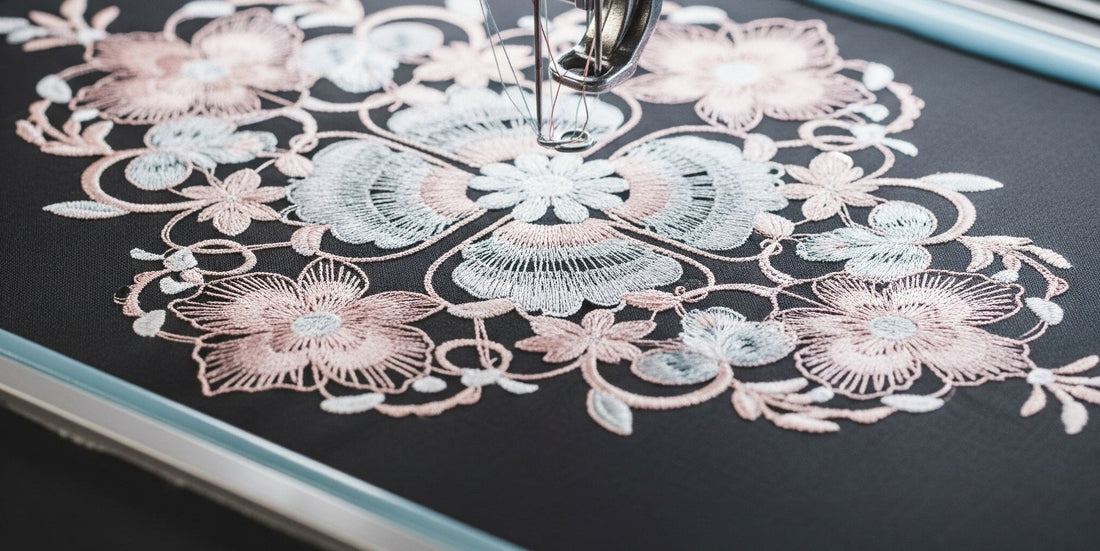
What is Embroidery?
Share
A Journey Through Its History, Cultural Significance, and Modern Applications

Introduction
Embroidery is the timeless art of decorating fabric using needle and thread. With roots reaching back thousands of years, it has evolved from royal traditions and storytelling to a form of personal expression and digital craft. Whether stitched by hand or produced by sophisticated embroidery machines, it remains one of the most beloved textile arts across the globe.
A Brief History
Embroidery has existed in nearly every culture throughout history:
- Ancient China used silk threads on luxurious garments as early as 3000 BCE.
- Egyptians adorned linens with elaborate stitched motifs.
- Europe’s Middle Ages saw embroidery flourish in monasteries and courts.
- Ottoman and Persian cultures elevated embroidery to imperial status with gold thread and gemstones.
- In the Victorian era, embroidery became a staple of home décor and domestic arts.
Each historical moment added new motifs, techniques, and meanings to the craft—transforming embroidery into a living, evolving art form.
Cultural Significance
Embroidery has always been more than decoration:
- In many cultures, it tells stories, records family history, or symbolizes religious beliefs.
- It’s used in wedding garments, military insignia, and heirloom textiles.
- Some communities, like the Palestinian tatreez or Japanese sashiko, preserve national identity through needlework.
It’s both a personal and communal form of storytelling.

From Hand to Machine
While traditional hand embroidery remains popular, the rise of machine embroidery opened new possibilities:
- Digital embroidery allows designers to upload and stitch detailed patterns using software and automated machines.
- It enables mass production, precision, and consistency, making it ideal for fashion, branding, and home goods.
- Home embroiderers today use portable machines and digital files to create custom art, logos, or gifts with ease.
Hand embroidery emphasizes patience and technique, while machine embroidery offers speed and accuracy. Both are equally artistic.

Embroidery in the Modern World
Today, embroidery is found in:
- Fashion: From haute couture to personalized denim jackets
- Crafts & Home Décor: Hoop art, pillows, tote bags
- Branding: Logos stitched onto uniforms, caps, and bags
- Digital Downloads: DIY crafters now purchase digital files (like those at Stitchesly!) and stitch them at home
With platforms like Etsy and websites like Stitchesly, embroidery has shifted from an elite skill to an accessible, creative outlet for all.
Why People Still Love Embroidery
- It’s meditative and relaxing
- It’s a form of self-expression
- It lets people create something lasting with their own hands (or machine)
Whether you’re a beginner or an expert, embroidery welcomes you with open arms (and open hoops).